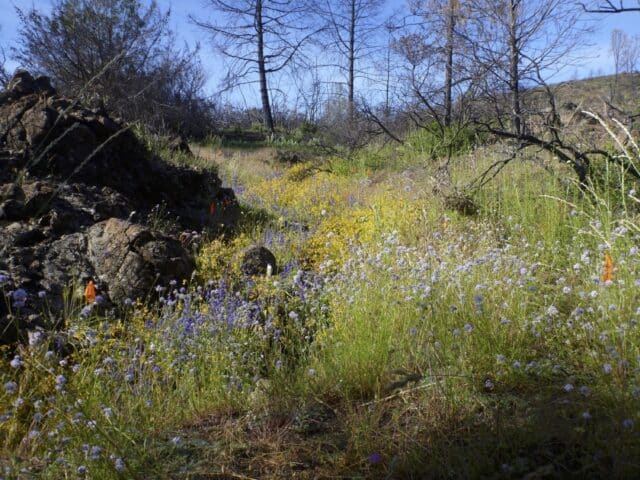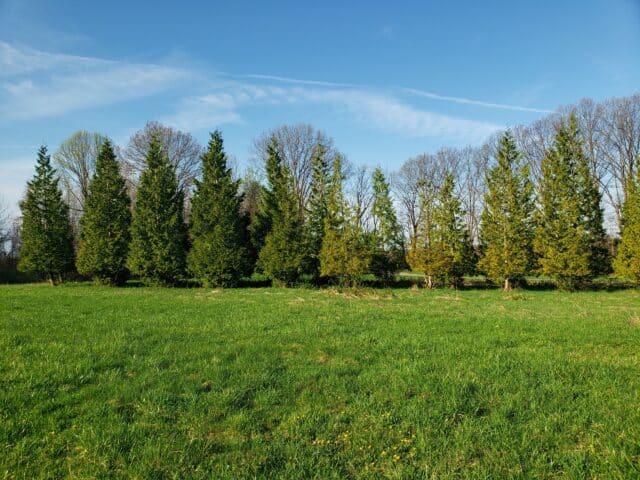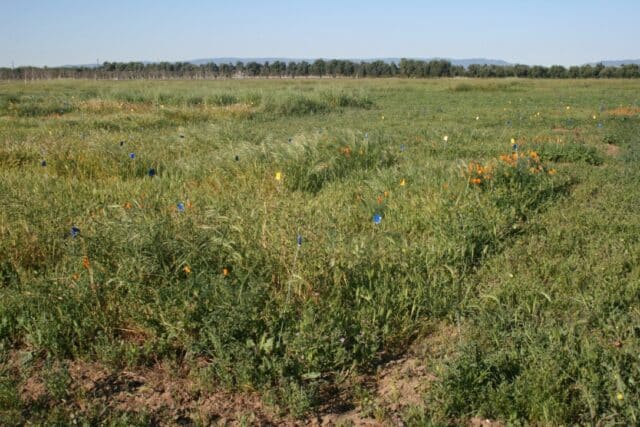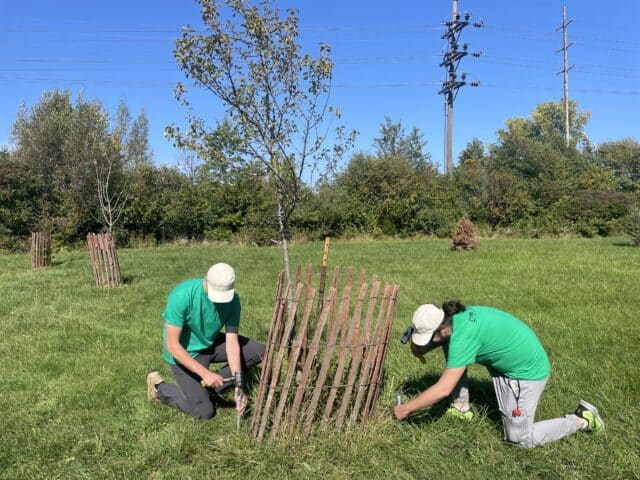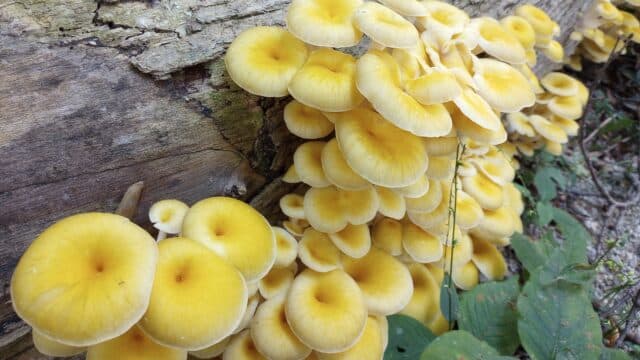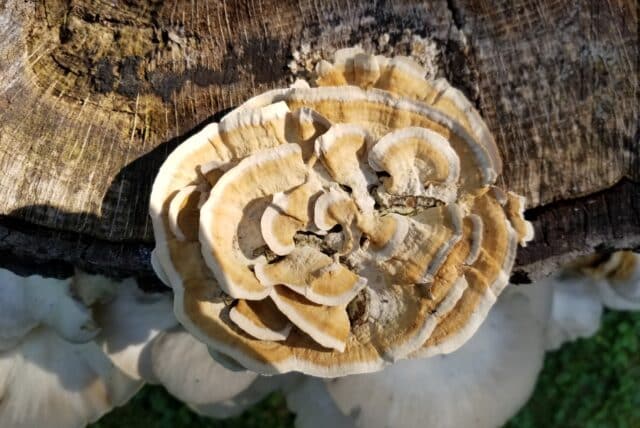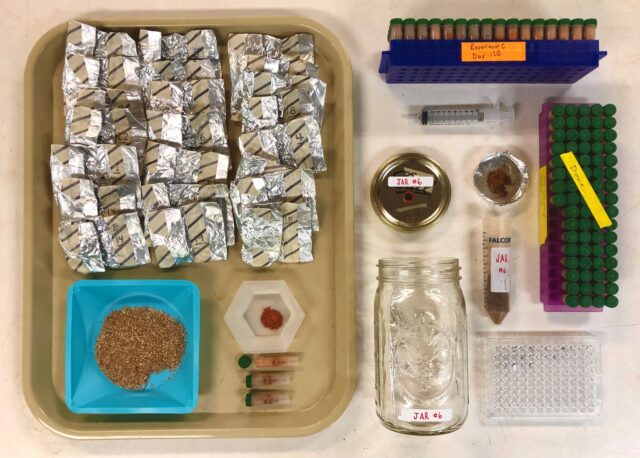How do deer and forest edges shape Northeast Ohio forests?
January 8, 2021

One of Northeast Ohio’s most charismatic consumer of plants within our forests is the white-tailed deer. Perhaps you’ve even noticed their impacts in your own backyard garden. As yards and people take up more space, there are fewer large tracts of intact forests to support predatory animals (e.g., bear or bobcat) relying on those habitats. This lack of predators combines with an abundant supply of food for deer (possibly the hostas planted in your backyard), to drive high numbers of white-tailed deer in most Ohio forests (and beyond).
The effects of overabundant deer on native plants can be complex and depend on the particulars of the habitat the plants are growing in. Deer can directly alter which species are present in a forest by consuming certain preferred species over others. For example, deer are known to favor trees such as cherry, hickory, elm, maple, and oak, over trees such as beech, ash, and tulip. Plants that deer tend to avoid are typically more abundant within forests. At Holden Arboretum, our forests are full of beech, ash and tulip as well as a good number of Ohio’s most charismatic plant consumers. In fact, there are roughly 15-25 deer per square mile across Holden’s property.
Not only are native plants challenged to protect themselves against deer consumers, they must also compete with non-native plants that originated in other parts of the world. Non-native plants are introduced (usually with human help) to areas that they do not naturally grow, and can sometimes come to overtake their environment, taking resources away from native plants. Deer can aid non-native plants by consuming native species, opening up space for non-native plants to establish.
People can also unintentionally facilitate non-native plants by radically changing the forest landscape. When parts of a forest are reduced or broken into fragments, the interior of the forest is exposed, creating what ecologists refer to as the forest “edge.” The forest edge contains different resources and physical conditions compared to the interior that deer and non-native plants are both great at taking advantage of.
Holden researchers study how deer and forest edge work together to shape the understory of the forests at the Holden Arboretum. By assessing the challenges that native plant species face, we can inform management decisions aiming to protect native species.
To study the effects of deer and edge, large plots with fences restricting deer access were created both near the edge of Holden’s forests as well as near the interior.
After several years without deer, plots were surveyed and the suite of species growing within them was compared to control plots (without fencing) where deer were free to forage. The results of this work are helping to quantify the impacts that forest edges and deer have on understory plant species.
Sometimes science surprises you!
Although overabundant deer often decrease abundances of native plants, our results unexpectedly show that deer are not having a large impact on native plants at the Holden Arboretum. That said, Holden’s forests contain many trees that deer find less palatable (beech, ash, and tulip), which may suggest that deer were overabundant for many years prior to the construction of our fences. The lasting effects of deer, known as “legacy effects,” could be driving our results and more time may be needed for more deer-sensitive species to begin returning to our plots. We found that forest edge promoted the establishment of non-native plants, but not consistently across both forests. With no strong relationship of edge habitat and deer, other forest elements may be playing a larger role in the establishment of certain plant species.
